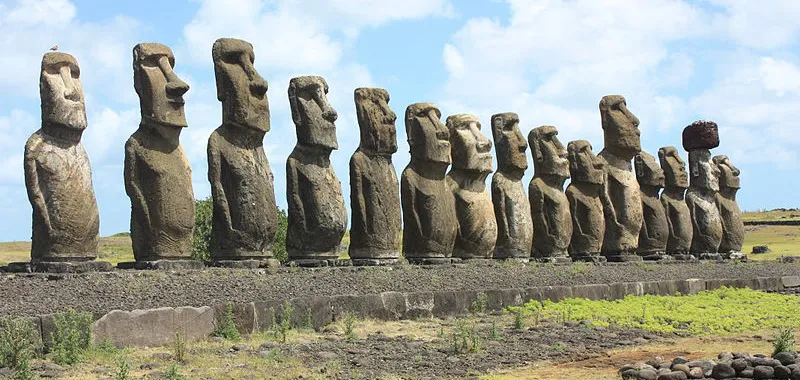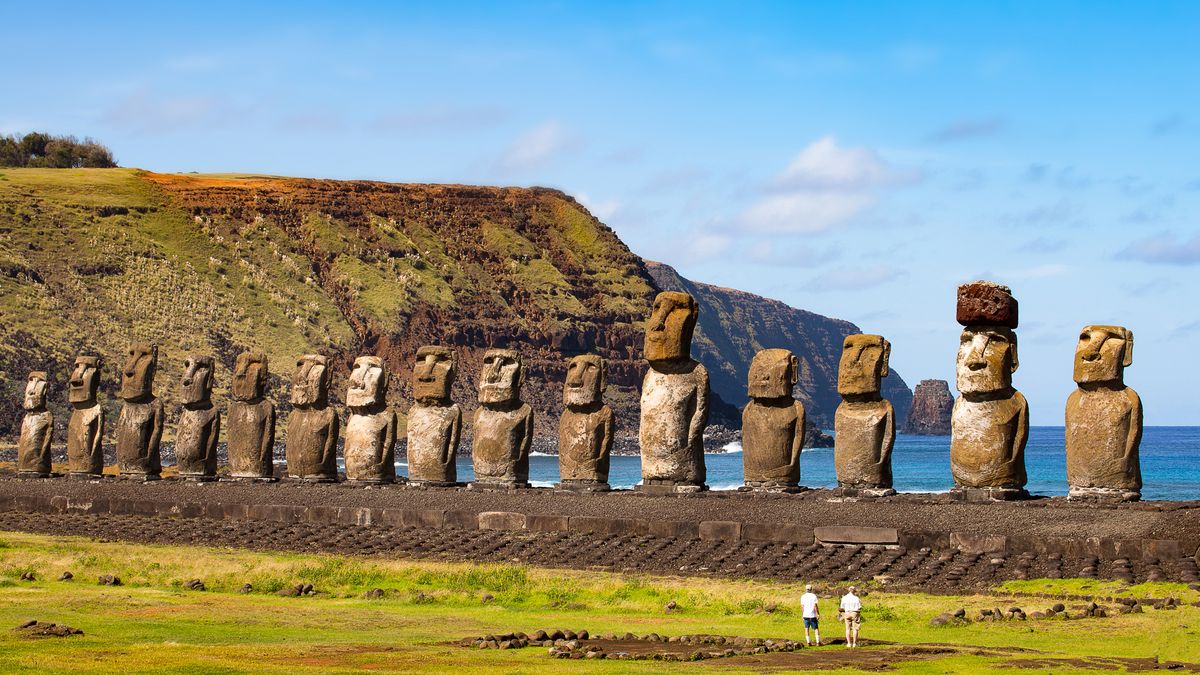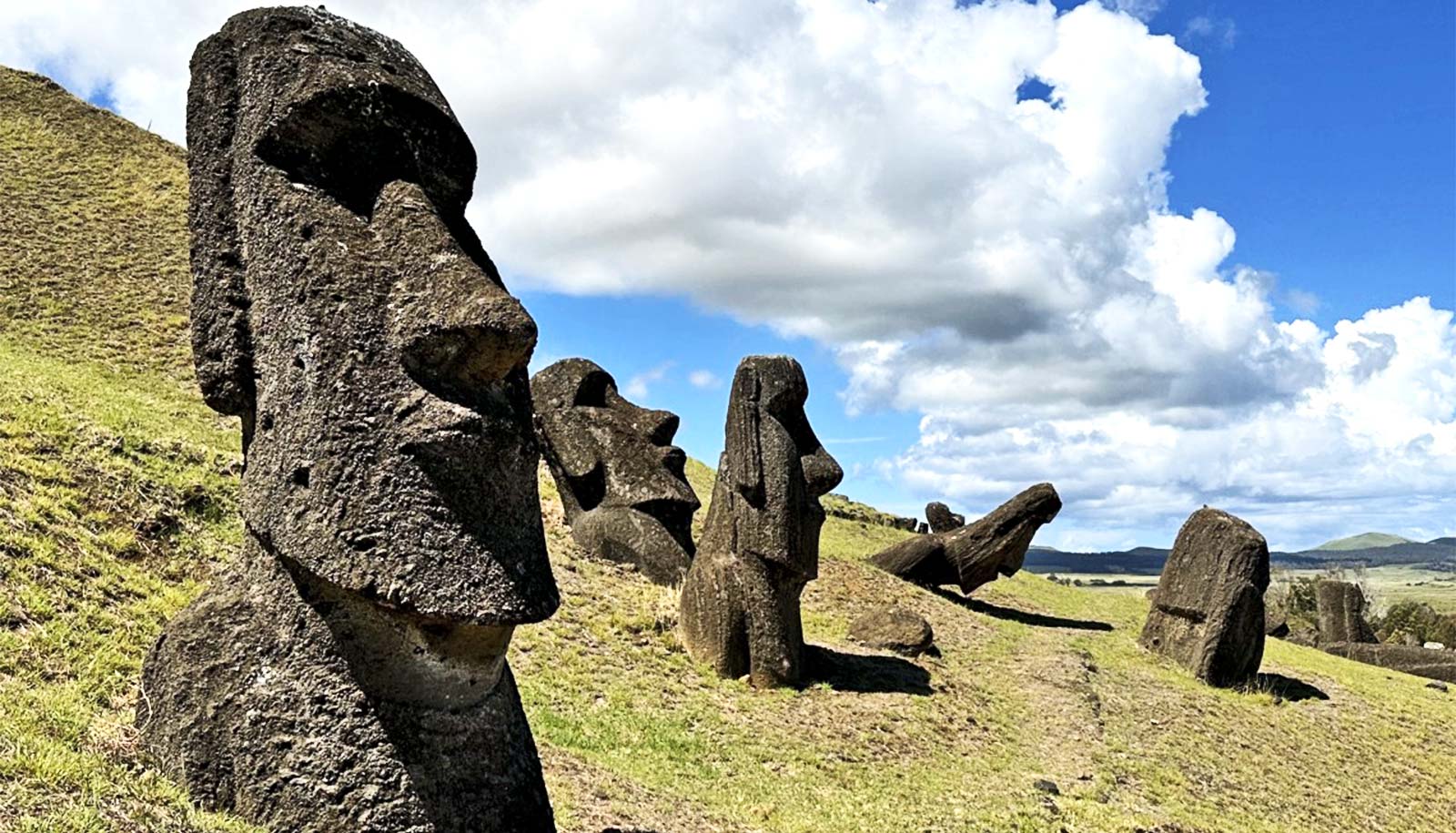Easter Island, or Rapa Nui as the natives call it, is perhaps the most mysterious location on the planet. Situated in the southeastern Pacific Ocean, this isolated island is renowned for its Moai statues—enormous rock statues that have baffled historians and archaeologists for hundreds of years. Who constructed them? How did they move them? And why did the island collapse? These are the questions that continue to feed rumors and fascination.
The Moai: Guardians of the Island
The nearly 1,000 Moai statues were created by the early Rapa Nui inhabitants from the 13th to the 16th century. These massive figures, some of which are as tall as 33 feet and weigh more than 80 tons, were thought to be ancestors or gods guarding the inhabitants of the island. The majority of Moai were erected on ahu, stone platforms along the coast, facing towards the land as if defending the inhabitants.
Theories Behind Their Construction
One of the most intriguing mysteries about Easter Island is how the Moai were transported. The islanders did not have sophisticated tools, yet they were able to move these massive statues over rough ground. Some believe that they used wooden pulleys and ropes, while others believe that the statues were "walked" upright by a rocking motion. New experiments have proved that groups of people could have pushed the Moai using ropes, which gives credibility to the theory of walking.
The Island’s Decline: A Cautionary Tale
Easter Island used to be covered with woodlands and rich fauna, but when the Europeans came in 1722, large parts of the island were desolate. Historians feel that deforestation, brought on by over-cutting of trees to transport the Moai, resulted in soil erosion, food scarcity, and the downfall of society. The arrival of the Polynesian rats, which dined on tree seeds, perhaps hastened the devastation. This ecological disaster is such a grim reminder of the need to avoid depleting resources.
Unsolved Mysteries
Much has been studied about Easter Island, but much of its past is still unknown. The Rongorongo script, a collection of glyphs inscribed on wooden tablets, has never been completely cracked. Some think that it contains the secrets to the history of the island. Legends also tell of a hidden city or secret rooms below the Moai, although no concrete proof has been discovered.
A Legacy That Endures
Nowadays, Easter Island is a UNESCO World Heritage Site, drawing tourists who are keen to find out its mysteries. The Moai are a testament to the strength and creativity of human beings, reminding us how easily civilization and nature can be destroyed.




Comments
Post a Comment